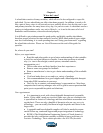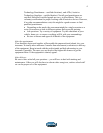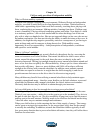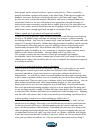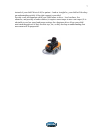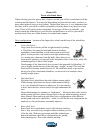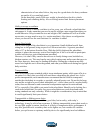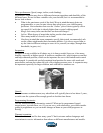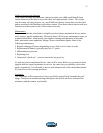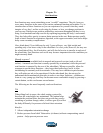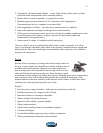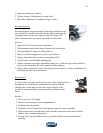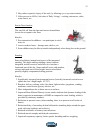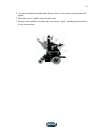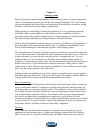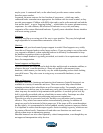
11
Ability to accept seat functions
With limited strength and endurance, chances are that your child would benefit from
certain functions to be able to stay in the chair for longer periods of time. Tilt, recline,
seat elevation, elevating legrests, etc. are all different options. Some chairs can be fitted
and/or retrofitted with functions while others cannot. Also check what it takes to add seat
functions at a later point in time if it becomes necessary.
Maintenance:
Keep in mind that the wheelchair is a highly involved electro-mechanical device, and as
such, requires regular maintenance. Obviously there will be fewer maintenance issues on
a manual wheelchair, which mostly just requires cleaning and tightening of nuts and
bolts, and maybe some upholstery change. Power wheelchairs require some of the
following maintenance:
• Regular charging of battery (depending on use, daily or a few times a week)
• Replacement of battery (typically they last 1-2 years)
• Maintaining tire pressure
• Replacing tires
• Occasional “check-up” – ensure connections are good, etc.
As with any electro-mechanical device, there will be some failures so you need to find a
supplier that has a good reputation for service, the same way you probably work with a
good car mechanic. It is advisable to have a professional work on the wheelchair instead
of yourself to avoid warranty problems.
Aesthetics
The wheelchair will become part of who your child is and will help formulate her self
image. Therefore an aesthetic package that places the child in the focus instead of the
mechanics and electronics is preferable.



